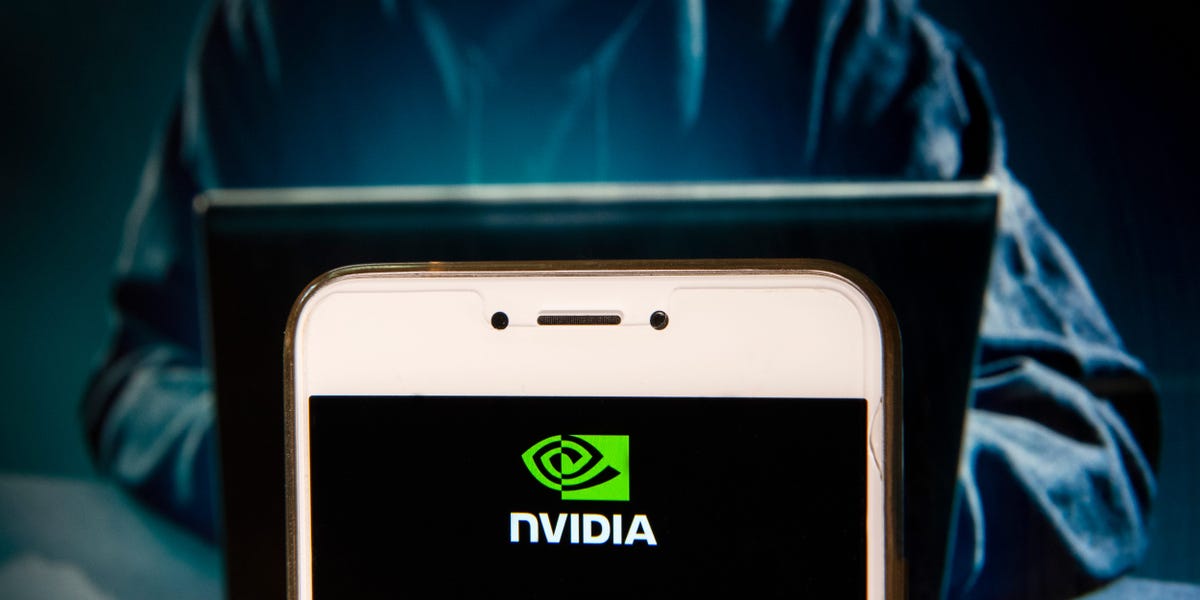
Meta Description: Nvidia's Q2 earnings reveal record growth and ambitious plans for Rubin chips and robotics, with implications for data center AI and the 2025 AI chip market.
Nvidia posted another blockbuster quarter, driven by surging demand for Nvidia AI chips in data center AI workloads. Even so, shares moved lower as investors weighed future guidance and competition. Beyond earnings, the strategic roadmap matters: the Rubin architecture, specialized H20 and Thor processors, and a broad robotics strategy suggest Nvidia is betting on an enormous market opportunity.
Since 2022, generative AI adoption has accelerated purchases of high-performance GPUs and accelerators. Data center AI spending has become Nvidia's primary growth engine, with cloud providers, model developers, and enterprises buying hardware and software to train and run large models. Nvidia's Blackwell-class products remain central today, while Rubin architecture is positioned as the next step for more efficient and powerful model training and inference.
Nvidia's moves matter for companies that rely on AI but do not build chips themselves. Key implications:
Rubin architecture is being framed as the successor to Blackwell, optimized for both massive models and real-time inference in robotics and edge systems. The combination of Rubin plus specialized H20 and Thor chips targets different performance and power needs, enabling robotics AI solutions that can operate outside traditional data center environments.
Nvidia is increasingly a full-stack AI player. Beyond selling Nvidia AI chips, the company builds software, tooling, and partnerships that let enterprises deploy models faster. This platform strategy aligns with EEAT principles by emphasizing expertise and partnerships with model makers, cloud operators, and industry customers to deliver validated solutions.
The company faces several headwinds: export restrictions impacting sales to China, regulatory attention on advanced AI systems, and intensifying rivalry from AMD, Intel, and in-house chips from hyperscalers. These factors could reshape the AI chip market outlook and investor expectations.
For business leaders, the practical takeaway is straightforward: faster, cheaper AI and smarter robots are becoming available through cloud partnerships and specialized chips. Companies should prioritize use cases where automation delivers measurable ROI, such as logistics, predictive maintenance, and customer automation, while monitoring supply chain and regulatory risks tied to global AI hardware supply.
Nvidia's Q2 results reinforce its dominance in AI infrastructure, but the company's ambition extends well beyond GPUs. Rubin architecture, H20 and Thor chips, and a robotics push position Nvidia as a key enabler of automation and AI-driven business transformation. Companies that track these developments and evaluate targeted pilots can capture value as the AI chip market evolves.



